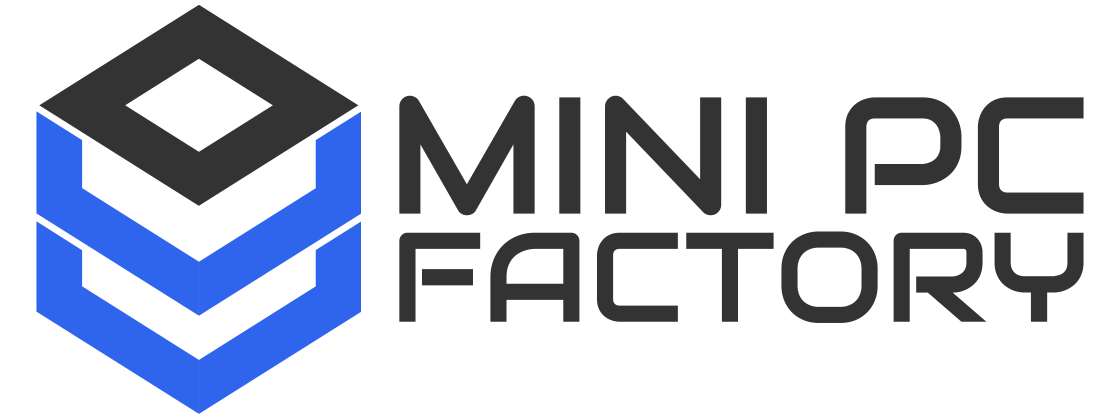Posted At: أبريل 29, 2025 - 40 Views

Edge computing is revolutionizing industrial operations by bringing data processing closer to the source. In 2025, this paradigm shift is more pronounced, with industries embracing edge solutions to enhance efficiency, reduce latency, and improve decision-making processes. This article explores the pivotal trends in industrial edge computing that are shaping the future of manufacturing, energy, logistics, and beyond.
1. AI-Driven Automation and Predictive Maintenance
Artificial Intelligence (AI) is becoming integral to industrial edge computing. By 2025, AI algorithms are deployed at the edge to enable real-time decision-making and predictive maintenance. This approach minimizes downtime and extends equipment lifespan, leading to significant cost savings.
Key Benefits:
Real-Time Decision Making: AI processes data locally, allowing immediate responses to operational changes.
Predictive Maintenance: Continuous monitoring predicts equipment failures before they occur, reducing unexpected downtimes.
Cost Efficiency: Proactive maintenance strategies lower repair costs and improve asset utilization.
2. Enhanced Cybersecurity Measures
With the proliferation of edge devices, cybersecurity has become a paramount concern. In 2025, industries are implementing advanced security protocols to protect data integrity and prevent unauthorized access.
Security Enhancements:
Zero Trust Architecture: Every access request is thoroughly verified, minimizing potential breaches.
Edge-Specific Firewalls: Customized firewalls for edge devices provide an additional security layer.
Regular Firmware Updates: Ensures devices are protected against the latest threats.
3. Integration with 5G Networks
The rollout of 5G networks is accelerating edge computing capabilities. High-speed, low-latency connections enable seamless data transmission between devices and edge servers.
Advantages of 5G Integration:
Faster Data Transfer: Supports real-time analytics and immediate feedback loops.
Increased Device Density: Allows more devices to connect simultaneously without performance degradation.
Enhanced Mobility: Facilitates edge computing in mobile environments like autonomous vehicles.
4. Adoption of Micro Data Centers
Micro data centers are compact, self-contained units that provide localized computing resources. In 2025, their adoption is growing, especially in remote or resource-constrained environments.
Benefits:
Reduced Latency: Proximity to data sources ensures faster processing.
Scalability: Easily deployable to meet growing computational demands.
Energy Efficiency: Designed for low power consumption, aligning with sustainability goals.
5. Edge Computing in Smart Manufacturing
Smart manufacturing leverages edge computing to optimize production processes. Real-time monitoring and analytics enable manufacturers to respond swiftly to operational changes.
Applications:
Quality Control: Immediate detection of defects reduces waste.
Inventory Management: Real-time tracking ensures optimal stock levels.
Process Optimization: Continuous data analysis improves production efficiency.
6. Edge AI in Autonomous Vehicles
Autonomous vehicles rely on edge AI for real-time decision-making. Processing data on-board reduces reliance on cloud services, ensuring faster responses and improved safety.
Key Features:
Immediate Hazard Detection: On-board sensors and AI analyze surroundings instantly.
Navigation Optimization: Real-time traffic data enhances route planning.
Energy Management: Monitors and adjusts energy consumption for efficiency.
7. Sustainability and Energy Efficiency
Edge computing contributes to sustainability by reducing data transmission needs and energy consumption. Localized processing minimizes the carbon footprint associated with data centers.
Sustainable Practices:
Energy-Efficient Hardware: Utilization of low-power devices reduces energy usage.
Reduced Data Movement: Processing data at the source lessens network load.
Support for Renewable Energy: Edge sites can be powered by local renewable sources.
8. Real-Time Analytics for Supply Chain Management
Edge computing enables real-time analytics in supply chains, enhancing visibility and responsiveness. Immediate data processing allows for proactive decision-making.
Impacts:
Demand Forecasting: Analyzes sales data to predict future demand accurately.
Logistics Optimization: Real-time tracking improves delivery efficiency.
Risk Management: Early detection of disruptions enables swift mitigation strategies.
9. Edge Computing in Healthcare
In healthcare, edge computing supports critical applications like remote patient monitoring and real-time diagnostics. Processing data locally ensures faster responses and improved patient outcomes.
Healthcare Applications:
Wearable Devices: Monitor vital signs and alert healthcare providers instantly.
Medical Imaging: On-site analysis accelerates diagnosis and treatment planning.
Telemedicine: Enhances the quality and reliability of remote consultations.
10. Standardization and Interoperability
The growth of edge computing necessitates standardization to ensure interoperability between devices and systems. Industry-wide standards facilitate seamless integration and scalability.
Standardization Efforts:
Common Protocols: Adoption of universal communication protocols simplifies device integration.
Certification Programs: Ensure devices meet established performance and security standards.
Collaborative Frameworks: Industry alliances work together to develop and promote standards.

